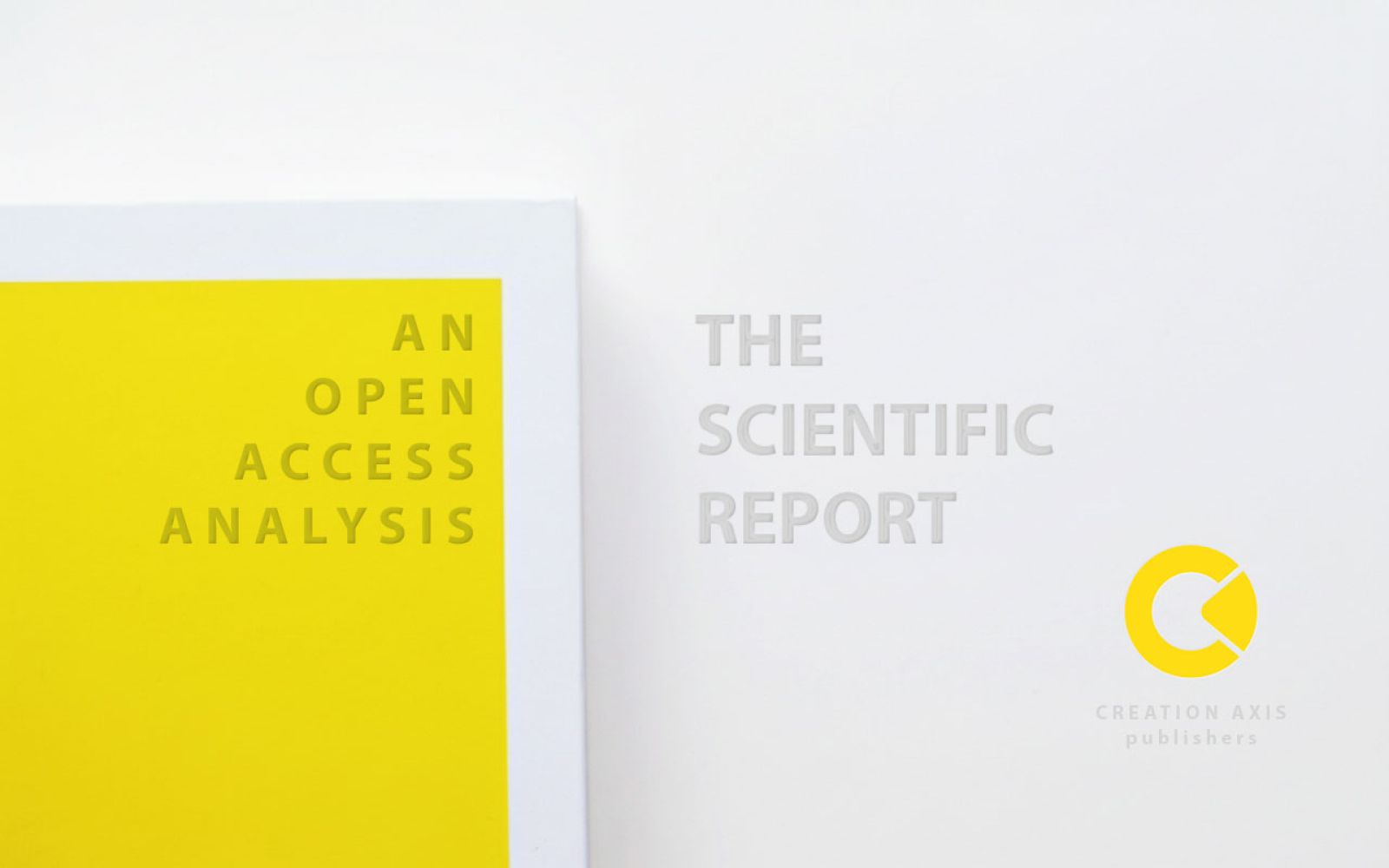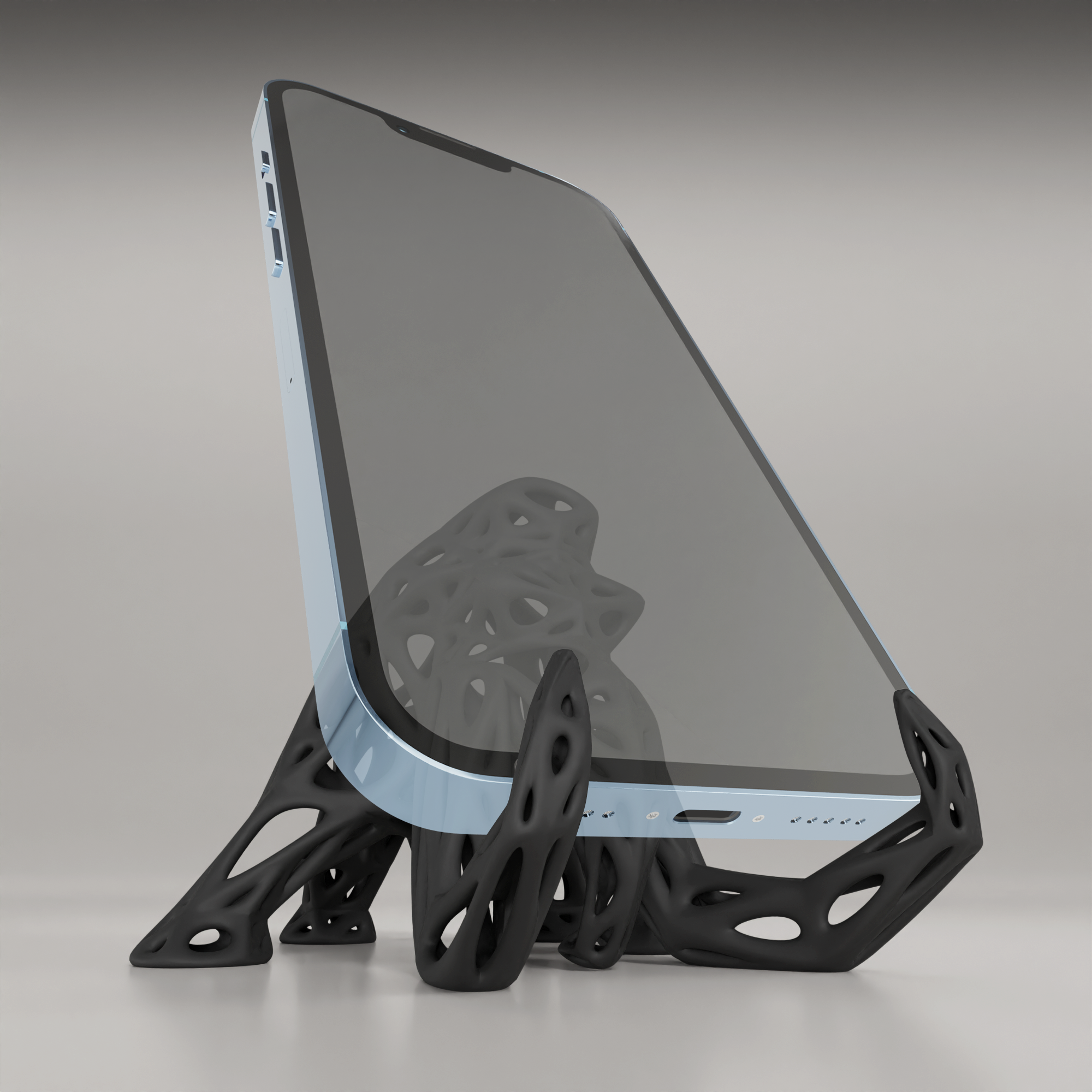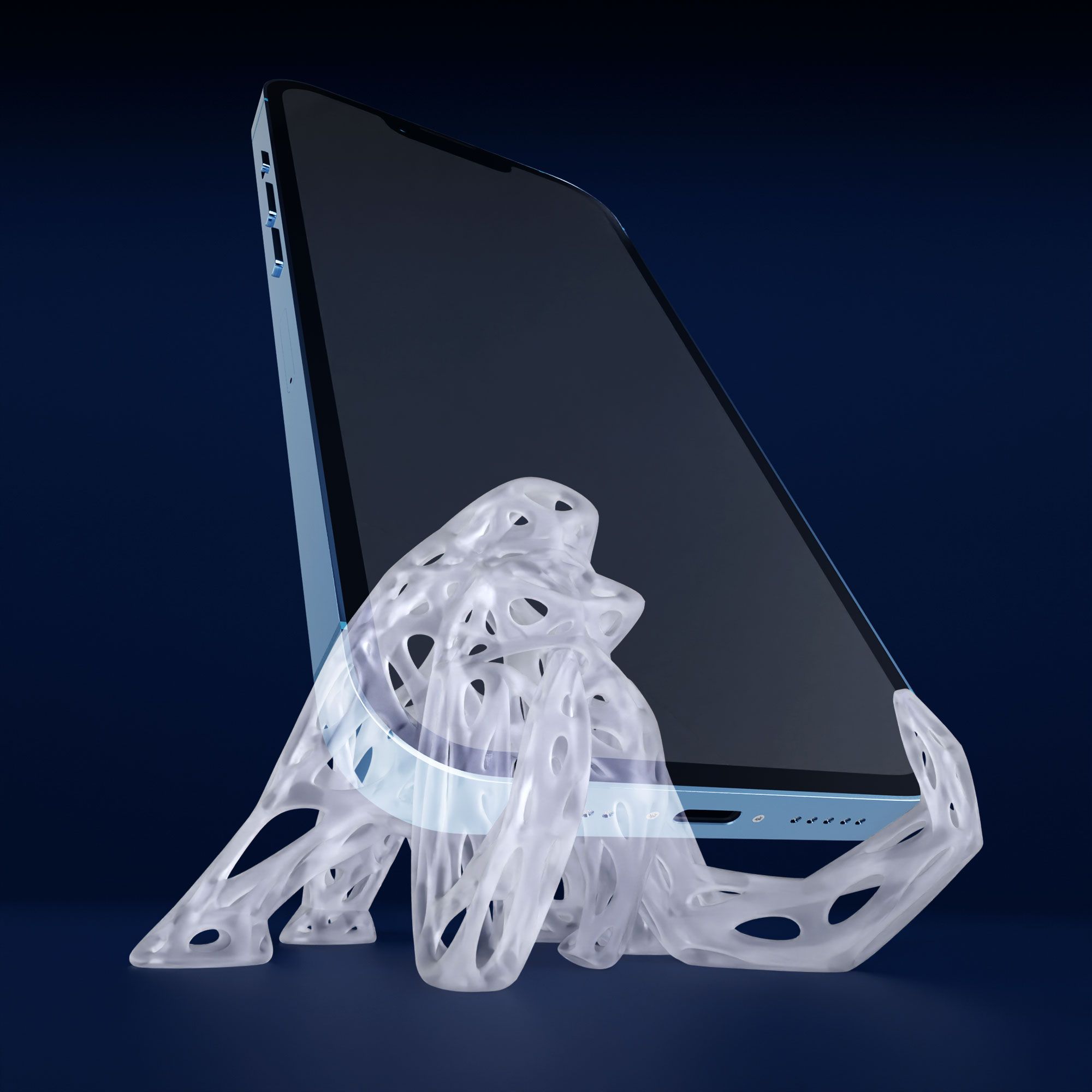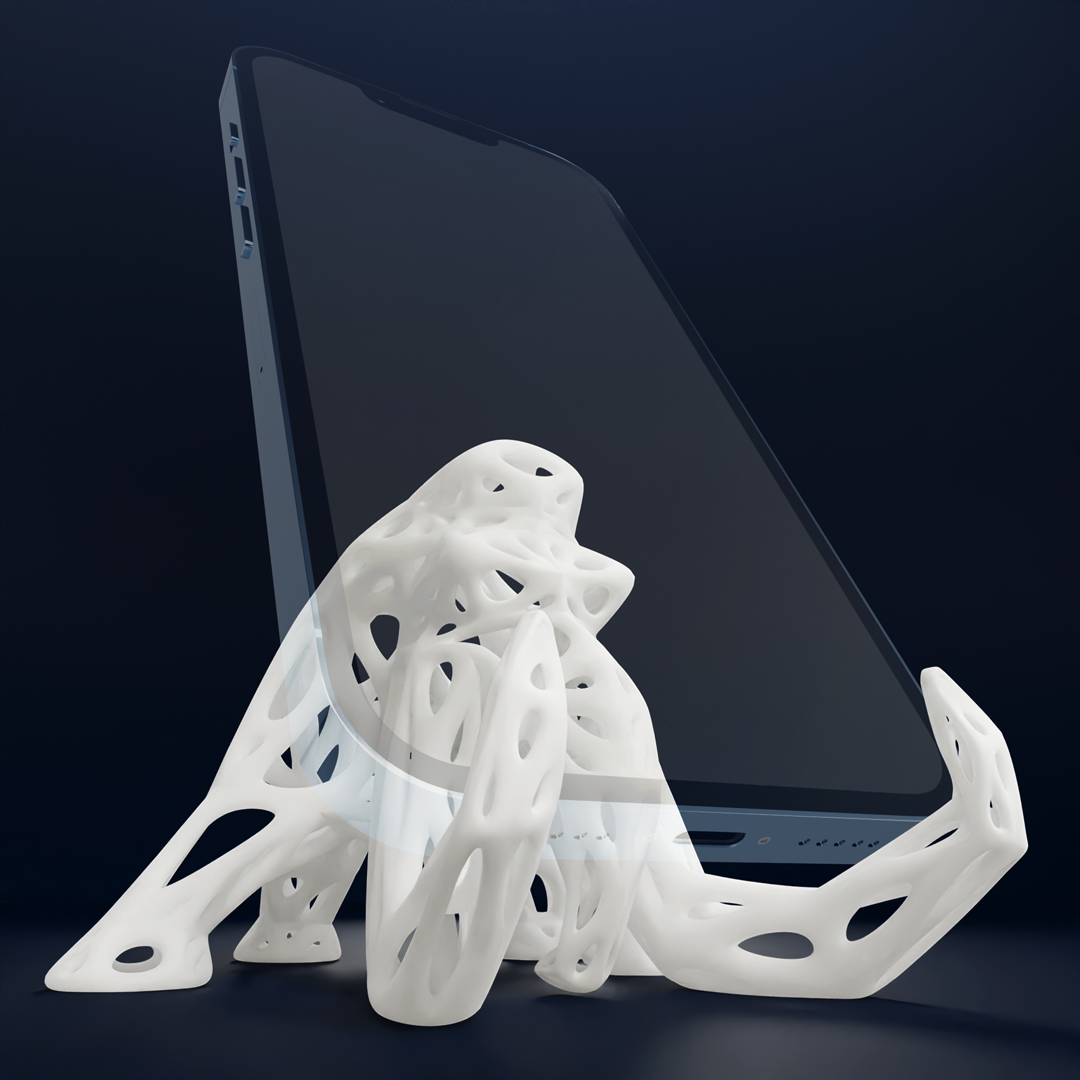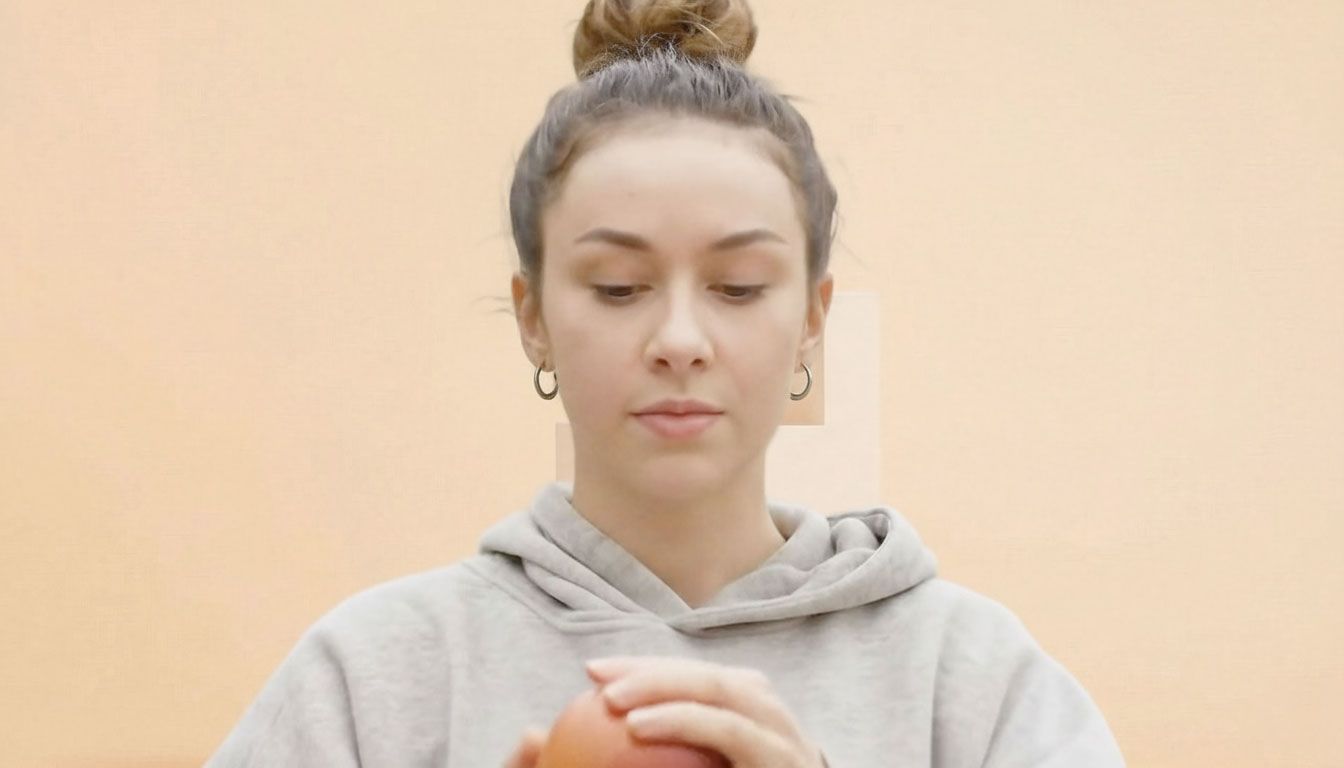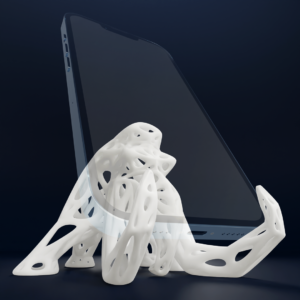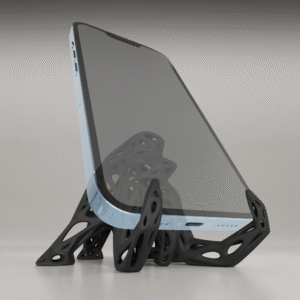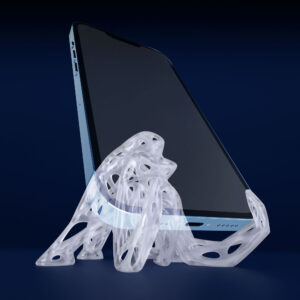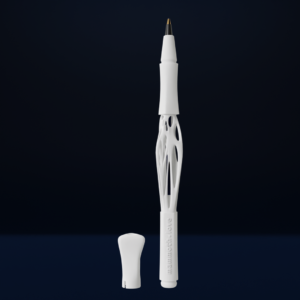
Think of social connection as a nutrient for your brain. When you get it, you flourish. When you don’t, your system sounds an alarm.
- Why Rejection Literally Hurts: Ever had a social rejection—getting ghosted, left out, or publicly criticized—that felt like a physical punch to the gut? That’s because your brain processes the emotional pain of rejection in the exact same regions that process physical pain. Your brain’s “neural alarm system” doesn’t distinguish between a broken heart and a broken bone. To your ancient survival wiring, being cast out from the tribe is a threat to your very existence.
- Why Connection Feels So Good: On the flip side, positive social connection is like a drug your brain loves. When someone truly listens to you, validates your feelings, or celebrates your wins, it activates your brain’s reward circuitry, releasing a hit of dopamine. This is the same system that lights up for things like food, money, and praise. Your brain is designed to make connection feel amazing so that you’ll keep seeking it out.
Is this a personal risk?
Yes. It also sabotages your goals. Ever been in a situation where you felt judged or like an outsider and suddenly couldn’t think straight? That’s a real phenomenon called “stereotype threat”. When you feel unseen or misjudged, your brain diverts its resources to monitoring for threats, leaving less cognitive fuel for problem-solving, creativity, and performance.
Feeling invisible isn’t just in your head. It’s a crisis that affects your body, your mind, and your future. But a crisis is also an opportunity for change. You have the power to move out of the shadows and back into the light.
When this need goes unmet for too long, you’re not just sad—you’re running on empty. And the cost is higher than you think. Living in a state of chronic loneliness is one of the most dangerous things you can do for your health. It’s not an exaggeration to say it’s a public health crisis.
Your 3-Step Healing Starter Pack
Step 1: Look Inward—Become Your Own Source of Recognition. The healing has to start with you. Before you seek validation from the outside world, you have to give it to yourself.
- Acknowledge the Need: Stop shaming yourself for wanting to be seen. It’s a valid, biological need. Say it out loud: “It’s okay that I want to feel like I belong. It’s human.”
- Audit Your Values: Often, we chase recognition for things that don’t truly matter to us, leaving us feeling empty even when we get it. Ask yourself: What do I value? Kindness? Creativity? Loyalty? Start recognizing yourself when you live up to your standards, not someone else’s.
- Practice Self-Compassion: Talk to yourself like you would a friend who is hurting. When your inner critic says, “No one cares,” counter it with, “I’m going through a tough time, and I’m here for myself.”
Step 2: Look Outward—Take the “Awkward” First Step. Here’s a secret: most people are just as nervous about connecting as you are. Research from Stanford shows we consistently underestimate how much other people want to connect and how well our attempts will be received. You have to be the one to take the chance.
- Start Small: This isn’t about going to a huge party. It’s about micro-connections. Text that friend you’ve been meaning to catch up with. Send a meme. Ask a coworker about their weekend and actually listen to the answer.
- Offer Undistracted Attention: The next time you’re with someone, put your phone away—completely away. Making someone feel like they are the most important person in the room for five minutes is one of the most powerful ways to make them feel seen. It’s a gift they will likely return to you.
- Be a Little Vulnerable: You don’t have to spill your deepest secrets, but sharing a small, genuine struggle can open the door for real connection. Admitting, “I’ve been feeling a little disconnected lately,” gives others permission to do the same.
“Living in a state of chronic loneliness is one of the most dangerous things you can do for your health. It’s not an exaggeration to say it’s a public health crisis. The lack of strong social connection increases your risk of heart disease by 29% and stroke by 32%. It’s linked to a 50% increased risk of dementia in older adults and more than doubles your likelihood of developing depression. In fact, the mortality risk of social isolation is equivalent to smoking 15 cigarettes a day.”
Step 3: Look Around—Build a Culture of Seeing. The fastest way to feel seen is to start seeing others. When you shift your focus from getting recognition to giving it, the entire dynamic changes.
- Give Specific, Genuine Praise: Instead of “good job,” try “I was so impressed with how you handled that difficult question in the meeting. You were so poised.” Acknowledging someone’s specific effort makes them feel truly seen and valued.
- Connect Over Shared Interests: The easiest way to build bonds is to stop trying to impress people and start doing things you genuinely enjoy—with them. Join a hiking group, a book club, a volunteer organization, or a gaming community. Connection happens naturally when you’re focused on a shared passion, not on the connection itself.
- Amplify Others: When you’re in a group, make a point to listen to the quietest person in the room. If someone’s idea gets overlooked, bring it back up: “I want to go back to what Sarah said, I thought that was a great point.” Creating a space for others to be seen is a powerful act of leadership and community-building.
Feeling seen is not a destination you arrive at. It’s a practice. It’s the daily choice to honor your own humanity and the humanity of those around you. It will feel vulnerable. It will sometimes be awkward. But it is the most important work you can do for your health, your happiness, and your life. You deserve to be seen. Now, go make it happen.

Andrejevic, M. (2022). Facial recognition technology in context. In The Cambridge Handbook of Facial Recognition in the Modern State. Cambridge University Press. https://www.cambridge.org/core/books/cambridge-handbook-of-facial-recognition-in-the-modern-state/facial-recognition-technology-in-context/A4F5E2C52EF9CFD27E8F04D0DD60074D
Artiga, S., & Hinton, E. (2018). Beyond health care: The role of social determinants in promoting health and health equity. Kaiser Family Foundation. https://www.kff.org/racial-equity-and-health-policy/beyond-health-care-the-role-of-social-determinants-in-promoting-health-and-health-equity/
Birtalan, E., E, K., T, T., A, B., & Z, K. (2023). The role of the need to belong and the fear of social exclusion in the context of social media use. Behavioral Sciences, 13(3), 195. https://doi.org/10.3390/bs13030195
Bryan, M. L., et al. (2024). The socioeconomic consequences of loneliness. ESRC Research Centre on Micro-Social Change (MiSoC). https://eriskstudy.com/media/24zn312c/bryan-et-al-2024-the-socioeconomic-consequences-of-loneliness.pdf
Caballero, A. (2023). The art of love: A comprehensive model for successful romantic relationships [Master’s thesis, University of Pennsylvania]. ScholarlyCommons. https://repository.upenn.edu/bitstreams/12f27e6c-616c-4a8e-9f6a-b60ddf57974a/download
Cacioppo, J. T., et al. (2015). Loneliness: Clinical import and interventions. Perspectives on Psychological Science, 10(2), 238-249. https://pmc.ncbi.nlm.nih.gov/articles/PMC9998496/
Center for BrainHealth. (n.d.). The economics of loneliness. https://centerforbrainhealth.org/article/economics-of-loneliness
Centers for Disease Control and Prevention. (2025, August 1). About data: Community connection. https://www.cdc.gov/mental-health/about-data/community-connection.html
Colman, A. M. (2025). Social identity theory. In A Dictionary of Psychology (5th ed.). Oxford University Press. https://www.oxfordreference.com/display/10.1093/oi/authority.20110810105901500
EducateMe. (n.d.). Social learning in the workplace: Theory, benefits, and examples. https://www.educate-me.co/blog/social-learning-in-the-workplace
Eisenberger, N. I., & Lieberman, M. D. (2004). Why rejection hurts: A common neural alarm system for physical and social pain. Trends in Cognitive Sciences, 8(7), 294-300. https://sanlab.psych.ucla.edu/wp-content/uploads/sites/31/2015/05/Eisenberger_TICS-2004.pdf
Fuglsang, L., Rønning, R., & Vaskelainen, T. (2020). Open innovation and the public sector: what we know and where we are going. European Journal of Innovation Management, 24(5), 1645-1667. https://doi.org/10.1080/13662716.2020.1792274
Gaffney, A. M., & Hogg, M. A. (2022). Social identity theory. In Oxford Research Encyclopedia of Psychology. Oxford University Press. https://oxfordre.com/psychology/display/10.1093/acrefore/9780190236557.001.0001/acrefore-9780190236557-e-681
Harvard T.H. Chan School of Public Health. (2025, January 9). From loneliness to social connection: Lessons from research and a global pandemic. https://hsph.harvard.edu/health-happiness/news/from-loneliness-to-social-connection-lessons-from-research-and-a-global-pandemic/
Kelly, M., & Kelly, S. (2018). Predictive processing, social practice and the self. Frontiers in Psychology, 9, 2478. https://doi.org/10.3389/fpsyg.2018.02478
Kircanski, K., et al. (2016). Dorsal anterior cingulate cortex responses to repeated social evaluative feedback in young women with and without a history of depression. Frontiers in Behavioral Neuroscience, 10, 64. https://doi.org/10.3389/fnbeh.2016.00064
Kross, E., et al. (2011). Social rejection shares somatosensory representations with physical pain. Proceedings of the National Academy of Sciences, 108(15), 6270-6275. https://journals.plos.org/plosone/article?id=10.1371/journal.pone.0128294

Enthusiast decoder on the “why” behind human behavior. I don’t just study the mind, but build compelling worlds for it to explore.
.
Newsletter
The Source Report
-
Audio Overview:
05:31 minutes
-
Reading Length:
13:23 minutes
-
Publisher:Creation Axis
-
Release:Summer 2025

